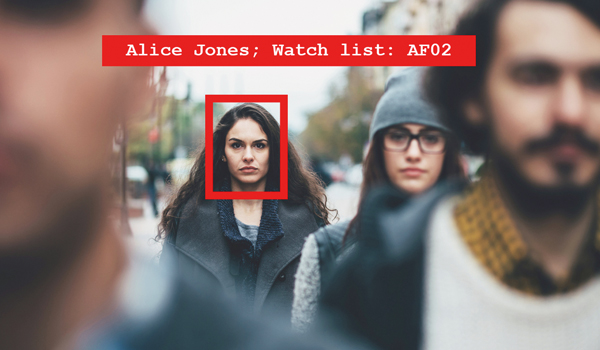Biometric data standard adds DNA, footmarks and enhanced fingerprint descriptions
The US-based National Institute of Standards and Technology (NIST) has published a revised biometric standard that vastly expands the type and amount of information that forensic scientists can share across their international networks to identify victims or solve crimes.

The US-based National Institute of Standards and Technology (NIST) has published a revised biometric standard that vastly expands the type and amount of information that forensic scientists can share across their international networks to identify victims or solve crimes.
This is the first international standard for the exchange of DNA data. The standard covers both criminal case identification, such as in a rape case, and forensic identification, such as those in a plane crash, where it is necessary to have an original DNA sample from the victim or establish kinship by taking DNA samples from purported relatives.
The new standard from the globally-renowned agency, that works with industry to develop and apply technology, measurements and standards, is the Data Format for the Interchange of Fingerprint, Facial and Other Biometric Information and is referenced as ANSI/NIST-ITL 1-2011, NIST Special Publication 500-290.
Earlier versions have been used throughout the US and six continents to provide a common language and format for the exchange of biometric data and associated metadata information about the biometric characteristics or how it was collected.
The additions to this version of the standard represent a great leap forward, said NIST Biometrics Standards Coordinator Brad Wing. The capabilities of the system have been greatly expanded from that of matching a fingerprint, facial image or iris sample collected directly from a live person and comparing it to samples previously stored in a database. New types of biometric data DNA and plantars/ footprints were added as well as updates to existing record types.
Another new addition is the Extended Feature Set (EFS) for forensic examiner markups that allow for marking and exchanging a very rich set of latent ridge print fingerprints, palmprints and footprints information that ensures analysts use the same terminology, references and procedures to describe details such as pores and linear discontinuities. Also new is the capability to share images of all body parts and anthropometric markups of face and iris images.
The standard now defines how to specify and share the geo-positioning coordinates of biometric sample collection. Information concerning the circumstances surrounding the collection of the biometric data can also be included. This includes pictures of items found around the crime scene and audio and video clips.
Data handling logs show chain-of-custody of the biometric data for legal purposes, including the steps necessary to prepare the biometric sample for processing in a matching system.
Researchers are already working on new additions to the standard, including voice biometrics, traumatic injury imaging and analysis (such as bitemarks), dental forensics and conformance testing to the standard specifications.
The new biometric standard can be found at www.nist.gov/customcf/get_pdf. cfm?pub_ id=910136


